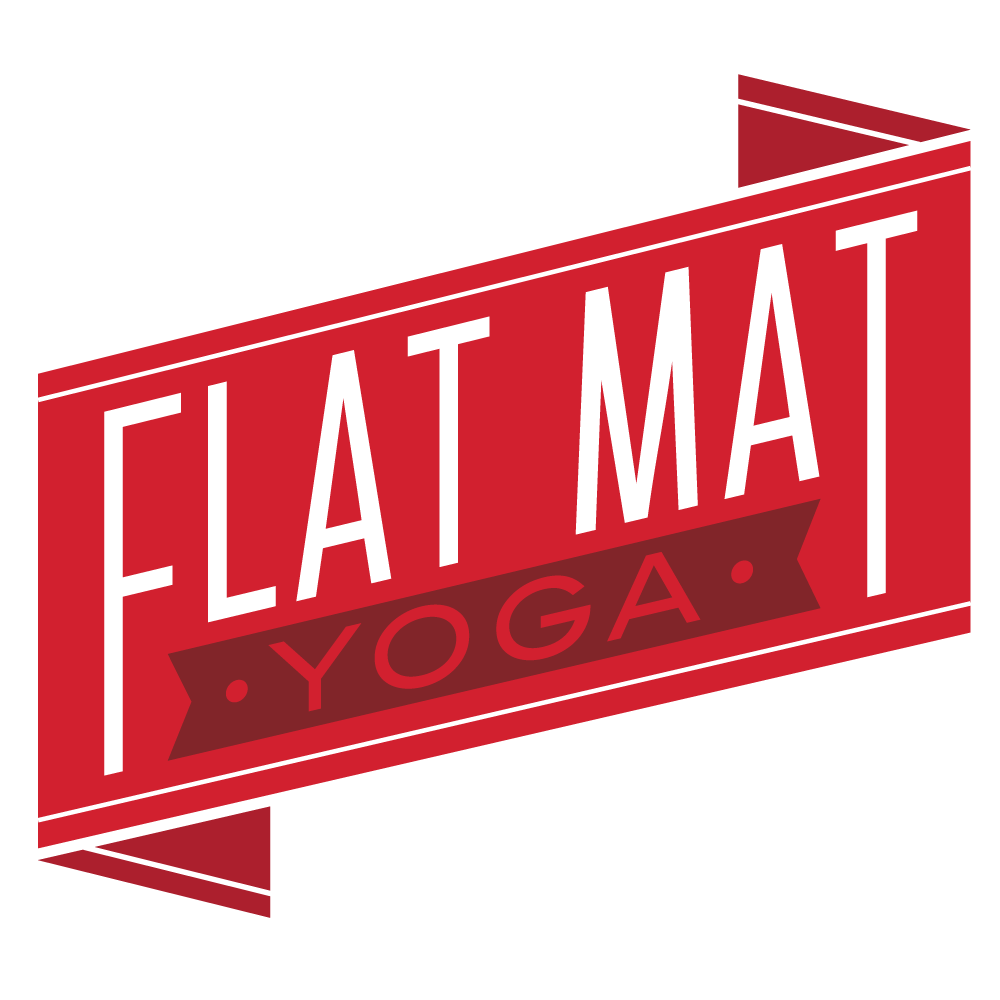If you’re feeling like your feet and ankles are super stiff–perhaps from cramming them into roller skates or climbing shoes–or you’re coming back from a lower limb injury, this video is for you. This practice will help you regain some mobility around the foot and the ankle joint, as well as strengthen the muscles that help create stability and support.
Yoga for Feet
How to Roll Your Feet with a Tennis Ball
You spend countless hours rolling around on your feet. When was the last time you took a few minutes to roll out your feet? If you’ve got access to a tennis ball, a lacrosse ball, or a ball specifically designed for self-massage, you can roll your feet in a few minutes and it’ll help them feel better after you’ve had them crammed into skates and shoes all week.
Reasons to Try Rolling Your Feet
People often discuss the benefits of foam rolling–and there are certainly plenty! There’s a lot to be gained from taking some time to pay attention to the soles of your feet, too. For starters, the soles of your feet possess an incredibly large amount of nerve endings: somewhere between 100,000 and 200,000.
In other words, the foot is designed to sense what’s underneath it, both to prevent injury and also to help your body move more efficiently. Taking time to walk around barefoot and also give your feet a little massage love can help keep all of this functioning well even when you’re spending heaps of time in skates.
If that’s not already enough reason for you, it’s also worth noting that the same fascia that you’ll find at the back of your legs–you know, where you might have grumpy calves or hamstrings–starts at the soles of your feet and runs all the way up the top of your head. Seriously.
Rolling your feet even a few times a week can help keep everything a little happier and functioning better.
Ready to Give It a Go?
Here are some techniques to try. Especially at first, don’t go too hard: you can hurt yourself rolling, and that would kind of defeat the purpose. You’re trying to help things, not mash them into oblivion!
In the video, I’m using Yoga Tune Up Therapy Balls, which I like because they have both grip and pliability, making them better and safer to use for a variety of self-massage techniques (as opposed to a lacrosse ball, which might be cheap and works for somethings, but its hardness can lead to greater risk of pinching a nerve). You can also easily and safely use a tennis ball for your feet, too!
How to Stand on Your Own Two Feet
I know, I know: you’ve been standing for 20 or 30 years or more. You probably don’t need any tips, right? Then again, how many times have you commented about pain in your ankles, knees, or hips? How we use our feet can affect all of those joints, and since they’re are already taking a beating when you skate, anything you can do to give them a break is a good idea.
On Facebook, I shared a blog post that my friend Sophie wrote about how to position your weight in your feet to make your knees happier. If you haven’t had a chance to take a look, it’s worth a few minutes of your time. One of the main ideas is that most of us stand with our weight positioned more toward our toes, when in reality, our weight should be shifted back over our heels in order to stack our joints (read: keep them happy and safe).
Now, let’s add to that the fact that when we skate in one direction all the time, we’re balancing on our outer left foot and inner right arch for more than a few hours a week, so we’re compounding that uneven distribution of our weight.
It’s suddenly starting to seem less weird to talk about how to stand, isn’t it?
In the video below, I’ll give you a live view of some of what Sophie described, plus steps for how to better use your feet and shift your weight to where it should be.
Time to kick off your skates or shoes and practice standing again!

